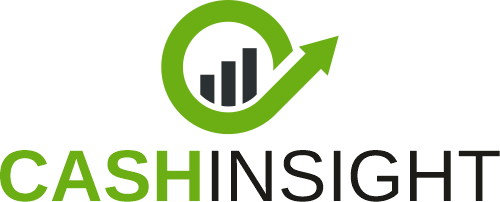
In parallel, building the organizational constructs around data quality also requires addressing data governance in parallel and supporting roles for data custodians, stewards and a centralized or federated data governance model to support credible and consistent enterprise data catalogs and products. With an enterprise data platform in place that supports a business-ready zone for consumption as well as appropriate governance, a critical machine learning readiness step is also in place. This can address data anomalies, cleansing and data lineage validation with a deeper level of sophistication in terms of algorithms and training-ready models.
By focusing on building the right data platform with the right OEM channel partners, enterprises can not only position their foundational investment in data for success but extend capabilities on the same platform to include best-of-breed, native machine learning features. Enterprises that elect to implement on the Snowflake data cloud, for example, might pursue native machine learning platform options to leverage the strength of the investment they have as opposed to the ones they don’t. Open-source implementations for machine learning invite obvious and hidden costs if your organization is not prepared to manage them.
Assuming the data platform roadmap aligns with required technical capabilities, this may help address downstream issues related to organic competencies versus bigger investments in acquiring competencies. The same would be true for a host of other similar cloud data platforms (Databricks, Azure Data Factory, AWS Redshift). In all cases, the foundational data platform roadmap matters in terms of near-term gains and long-term vision.
